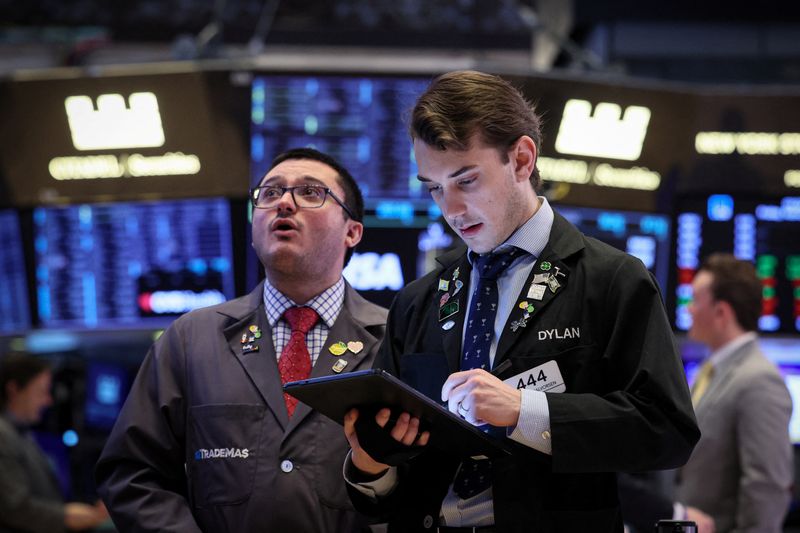Investing.com -- Investors should continue positioning for rate cuts despite recent signs of resilience in the US economy, UBS strategists said in a Monday note.
The strong September jobs report, which showed the US added 254,000 jobs, well above expectations, initially tempered market expectations for Federal Reserve rate cuts and boosted the odds of a soft landing. However, UBS believes that the US data “is not so strong that the Federal Reserve’s contribution to the global rate-cutting cycle looks set to end.”
The bank highlights that "inflation data offer little impediment to further Fed rate cuts to bolster US growth.”
The August personal consumption expenditures (PCE) index, the Fed’s preferred inflation measure, slowed to 2.2%, the lowest level since early 2021. While the consumer price index (CPI) has shown higher rent-related inflation, UBS notes that the PCE “places a greater emphasis on owners’ equivalent rent, which has remained higher than expected despite evidence of more modest rises in rents.”
Therefore, with geopolitical tensions continuing and volatility likely to rise ahead of the upcoming US election, UBS strategists believe the market backdrop “remains one where investors need to prepare for choppier markets and lower rates to reset monetary policy for a lower-growth, lower-inflation environment.”
With the U.S. economy still demonstrating strength in both employment and consumer spending, UBS sees the Fed cutting rates by 50 basis points over the final two meetings of 2024 and cutting a further 100 basis points in 2025.
The firm maintains that the pace of cuts could change if progress on inflation slows or the labor market stays strong, but their base case remains for gradual easing as inflation cools.
As such, UBS thinks that investors should start preparing for a lower-rate environment.
In equities, strategists believe that a combination of a soft economic landing and Fed rate cuts could lift the S&P 500 to around 5,900 by the end of 2024 and to 6,200 by mid-2025.
They stress that growth stocks, especially those tied to AI, remain critical drivers of long-term returns.
“Growth and geopolitical challenges may drive tech volatility, but this shouldn't undermine AI's role as a key return driver over the coming years,” they wrote.
Investors should use potential tech sector volatility to add positions in AI-linked sectors at lower prices, particularly semiconductors, US megacaps, and select Chinese internet leaders.
The bank also favors seeking quality growth stocks in the tech, consumer, and healthcare sectors, as well as those linked to the energy transition and in Japan.
